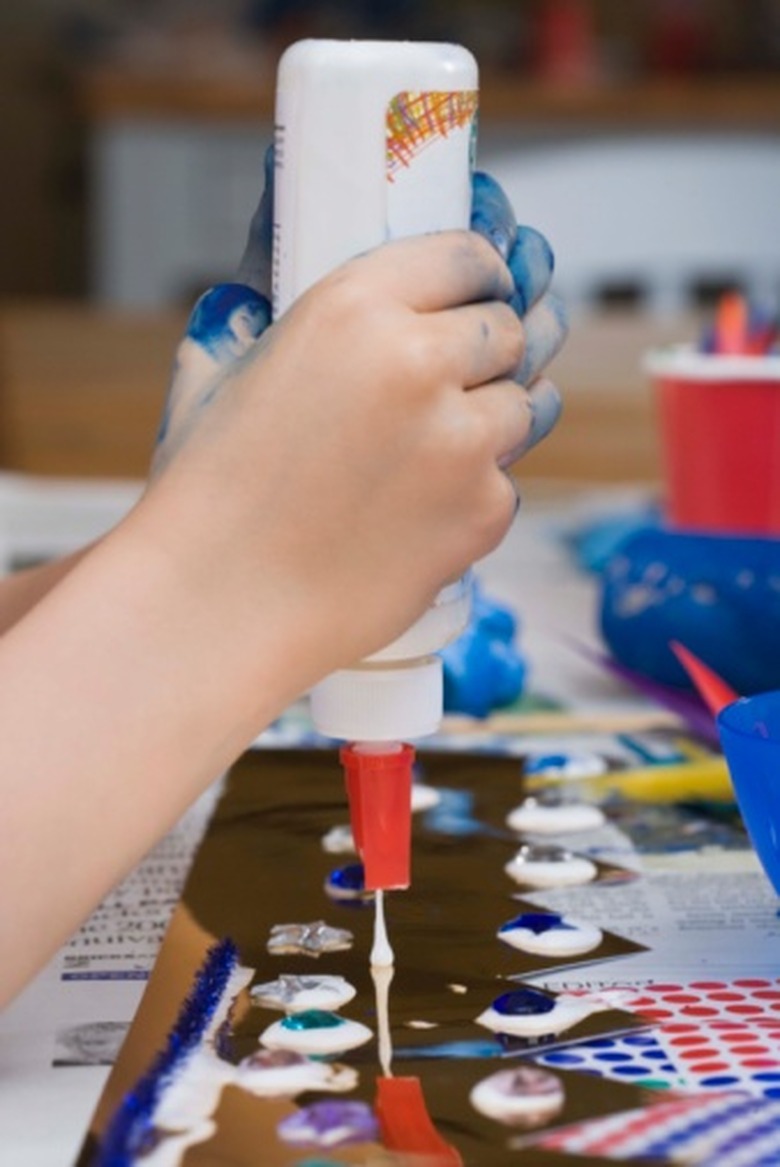Uses Of Polyvinyl Acetate
Polyvinyl acetate is a substance produced through the combining of many units of monomeric vinyl acetate (CH3COOCH=CH2). The number of units so combined is typically between 100 and 5,000. This translates to an average molecular weight of between 850 and 40,000. Polyvinyl acetate may be used as is or modified through chemical reactions to produce other important polymeric substances.
Production
Production
Monomeric vinyl acetate was once prepared by reacting acetylene with anhydrous acetic acid in the presence of a mercurous sulfate catalyst; it is now produced by a vapor-phase reaction: bubbling ethylene through anhydrous acetic acid in the presence of palladium chloride as a catalyst. An inhibitor is added to avoid spontaneous polymerization. Vinyl acetate may be combined with other chemicals for the purpose of co-polymerization to increase its moisture resistance.
Properties
Properties
Polyvinyl acetate is an amorphous polymer, not a crystalline one. The hardest of the polyvinyl esters, polyvinyl acetate offers good adhesion to most surfaces. Unlike some other thermoplastics, it will not turn yellow. Polyvinyl acetate does not cross-link, thus becoming insoluble, and it can be dissolved in many solvents other than water. One slow-drying formulation combines 5 to 15 percent polyvinyl acetate with ethyl alcohol (ethanol). A fast-drying counterpart combines the same amount of polyvinyl acetate with acetone (dimethyl ketone).
Reactions
Reactions
Polymers often undergo some of the same reactions their monomeric counterparts undergo. Thus polyvinyl acetate can be treated with alkali, which gradually results in polyvinyl alcohol and the alkali acetate. Polyvinyl alcohol can be converted to different esters, or it can be reacted with aldehydes, such as butyraldehyde or formaldehyde, to form acetals. Polyvinyl alcohol can be esterified with nitric acid to produce an explosive polymer. One reaction well suited for a younger audience is the formation of a type of Silly Putty by reacting ordinary white glue with a water solution of borax.
Applications
Applications
Emulsified polyvinyl acetate is used in water-based adhesives, including pastes and glues. One of the uses for emulsified polyvinyl acetate is in bookbinding. Depending upon the necessary lifetime of the book, the polyvinyl acetate chosen will either be copolymeric or homopolymeric. Polyvinyl acetate offers acceptable gap-filling capability. It may be used as a resinous component of latex paints, offering compatibility with a wide-range of other paint chemicals. Polyvinyl acetate may be used in the lamination of metal foils. Non-emulsified, or waterless, polyvinyl acetate is useful as a thermosetting adhesive.
Cite This Article
MLA
Summers, Vincent. "Uses Of Polyvinyl Acetate" sciencing.com, https://www.sciencing.com/uses-polyvinyl-acetate-8232986/. 24 April 2017.
APA
Summers, Vincent. (2017, April 24). Uses Of Polyvinyl Acetate. sciencing.com. Retrieved from https://www.sciencing.com/uses-polyvinyl-acetate-8232986/
Chicago
Summers, Vincent. Uses Of Polyvinyl Acetate last modified August 30, 2022. https://www.sciencing.com/uses-polyvinyl-acetate-8232986/
